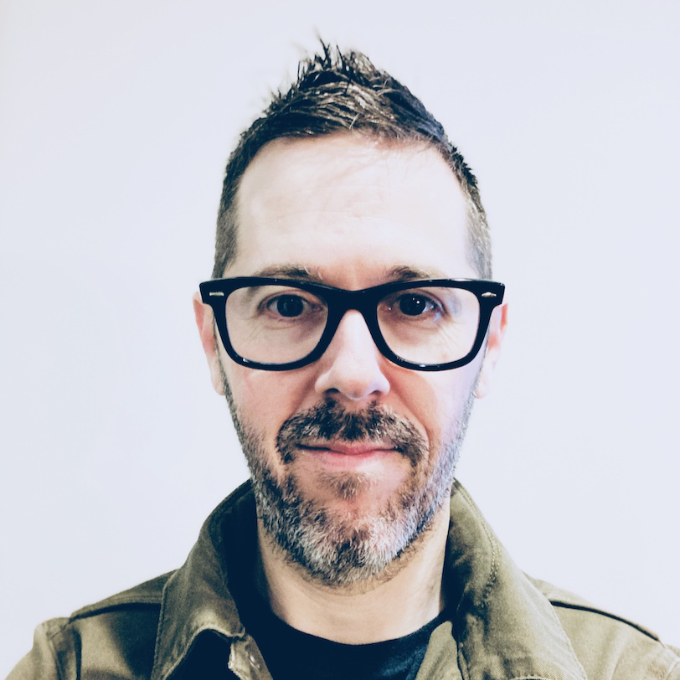As a kid, I used to be fascinated by nearby houses obscured by foliage and fences. Or the long driveways that disappeared into the distance. Where did they go? What was out there? Who was out there?
I knew the hidden houses were likely no different than those I could plainly see. And the people within were probably similar to the neighbors next door. But without seeing those houses, and without knowing those occupants, I couldn’t be sure. I was in the dark.
One of the first things I did after the launch of Google Maps was to virtually fly over the streets of my youth, and solve the mysteries of the hidden houses. Finally, my unanswerable questions could be easily answered. I followed long driveways to small ranch houses. Forested lots yielded to clearings containing some of the oldest homes in the area. Privacy fences no longer served their intended purpose, and I was finally able to see a holistic view of my old neighborhood.
In my work as a researcher, I have a tendency to think of the data I need in much the same way I thought about the houses of my youth: it might be fenced off or hidden, but it’s there. And once I find it, I will have a clearer picture.
Within every organization, there’s plenty of information for the taking. Some of it is in plain sight. Some is easily obtained by asking. But some of the data is siloed. Or lost. Or not recognized as something worth sharing.
You can go crazy trying to accumulate every piece of data–the customer feedback, the survey responses, the sales figures, the NPS scores, the old interview transcripts… there’s always another piece to the puzzle.
Here’s the thing: product research is not a puzzle to be solved—it’s a journey. I don’t need the complete picture; I only need a direction.
I never needed the entire map of my neighborhood. I got around just fine. Some data might be enough data.
